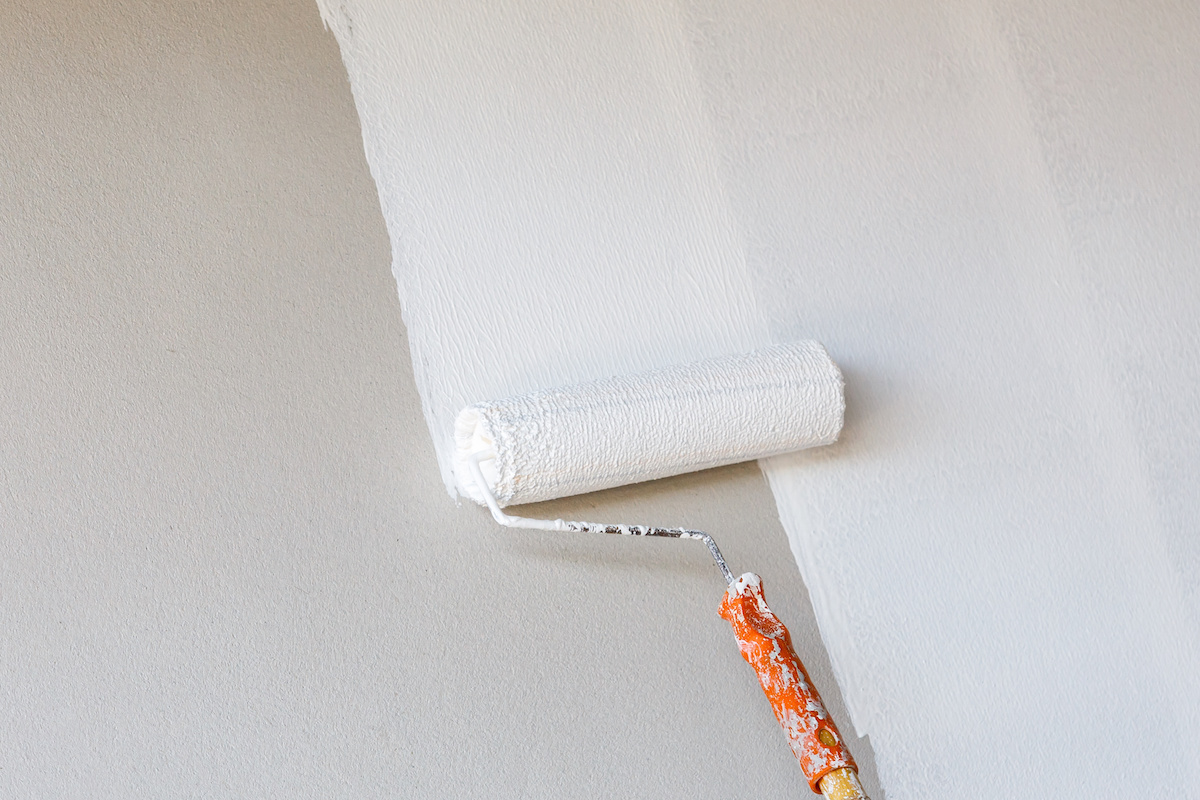Is it worth the extra step?
When it comes to interior painting, or really any home improvement project, the tedious initial steps are no fun compared to those final stages when the magic really happens. Tearing a bathroom apart, for example, is just tiring (and sometimes scary) compared to watching the new vanity and that walk-in shower be installed.
Painting is the “fun part” of a painting project, not the all the prep work that goes into a truly successful transformation.
With that said, let’s skip to a common interior painting question: “Do I need to use primer? If so, when?”
You’ll Need to Use Primer If…
The list below isn’t exhaustive, but it will give you some handy direction. And, it really applies to exterior painting as well.
- The surface was damaged – If you had to patch or repair a hole, for example, you’ll definitely need a coat of primer to cover your work.
- You’re covering a stain – There are primers specifically developed for the purpose of locking away the stain. Even with a coat or two of paint, blemishes have an amazing ability to keep poking through.
- You’re drastically changing colors – This is especially true if you’re hopping from a dark color to a lighter one; you’ll need a product to bridge the gap, making the hop less of a leap. As a bonus tip, ask your supplier to tint the primer with a bit of your topcoat color for an even smoother transition.
When Is Primer NOT Necessary?
To answer this question, you can essentially turn the points above around. If you’re just performing touch-ups or refreshing an existing color, for example, primer won’t be necessary. And, if you’re working with a clean, neutral wall that you are not drastically changing, primer can be skipped then too.
With all of that said, primer is an extremely important product, and not one you want to skimp on unless you’re absolutely sure you can. It paves the way for a smooth finish, and provides an essential foundation for your topcoats to adhere to.
Investing the time in doing a project well always yields a positive return!
